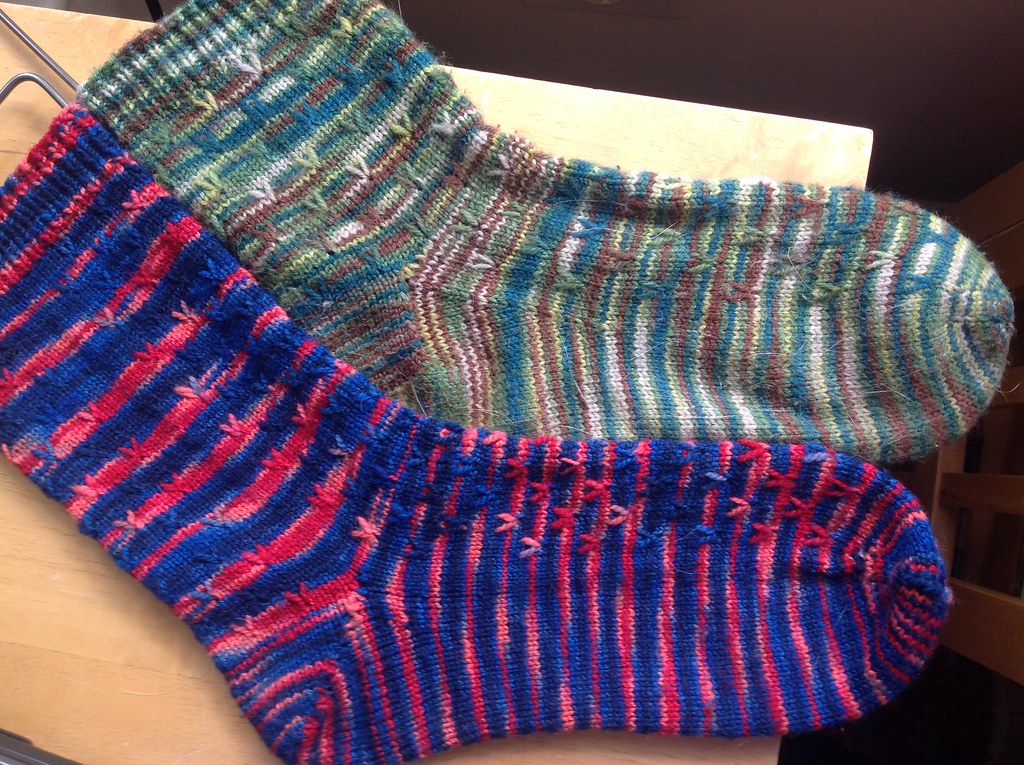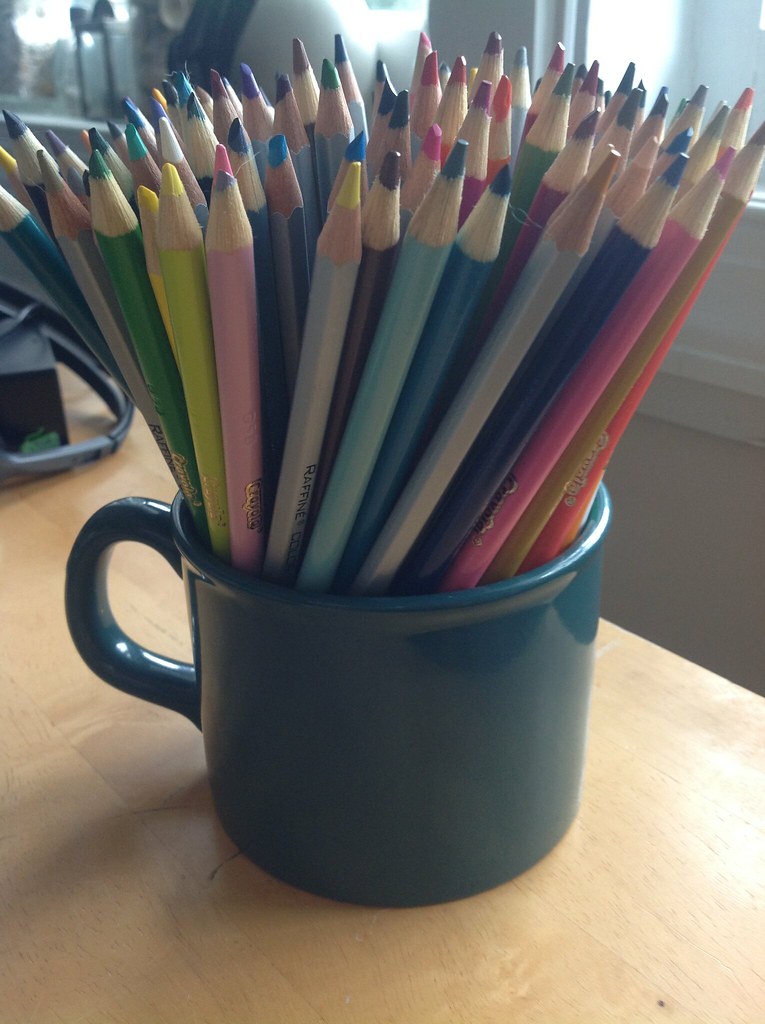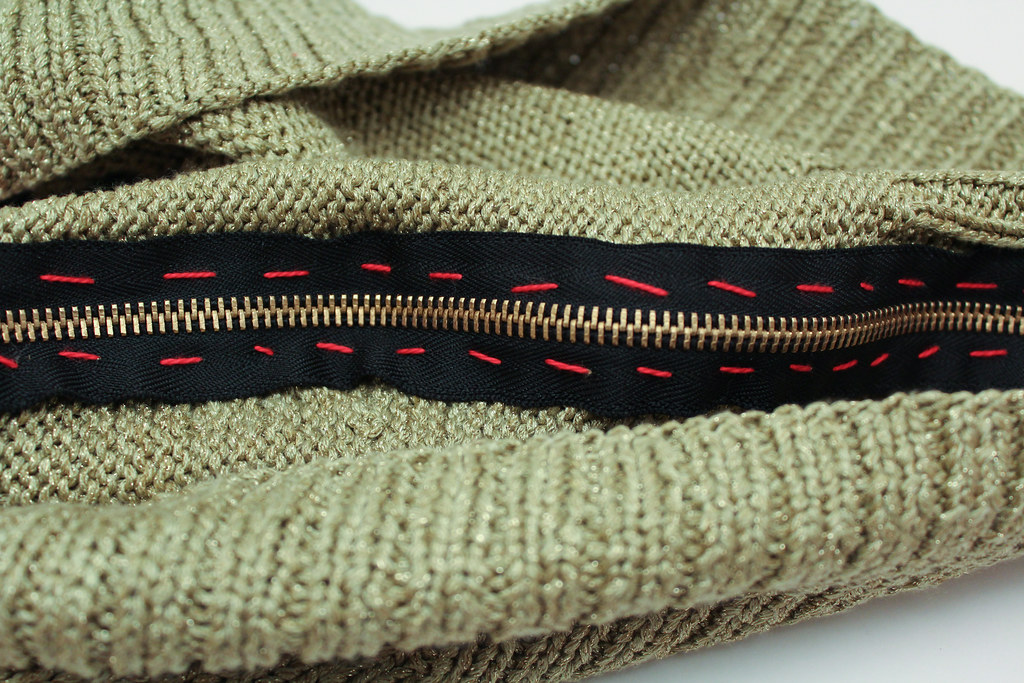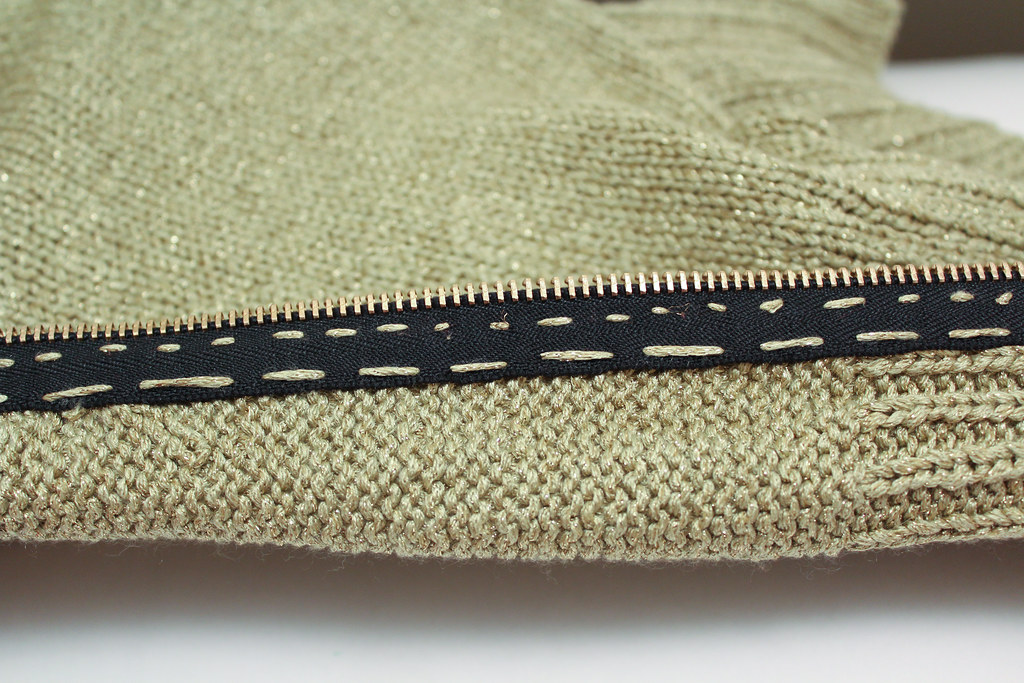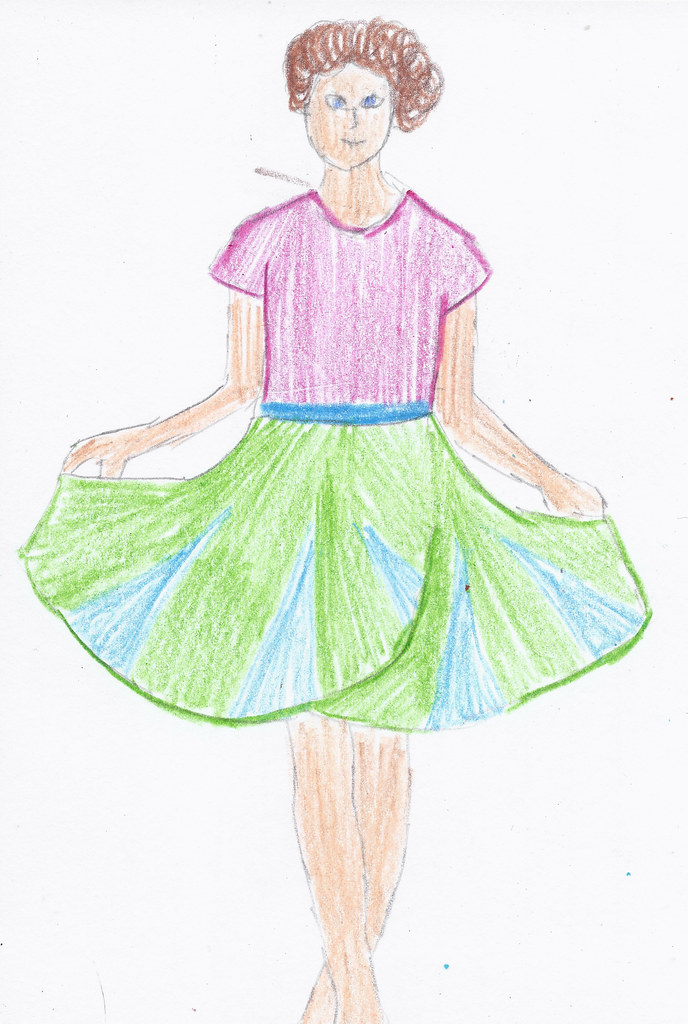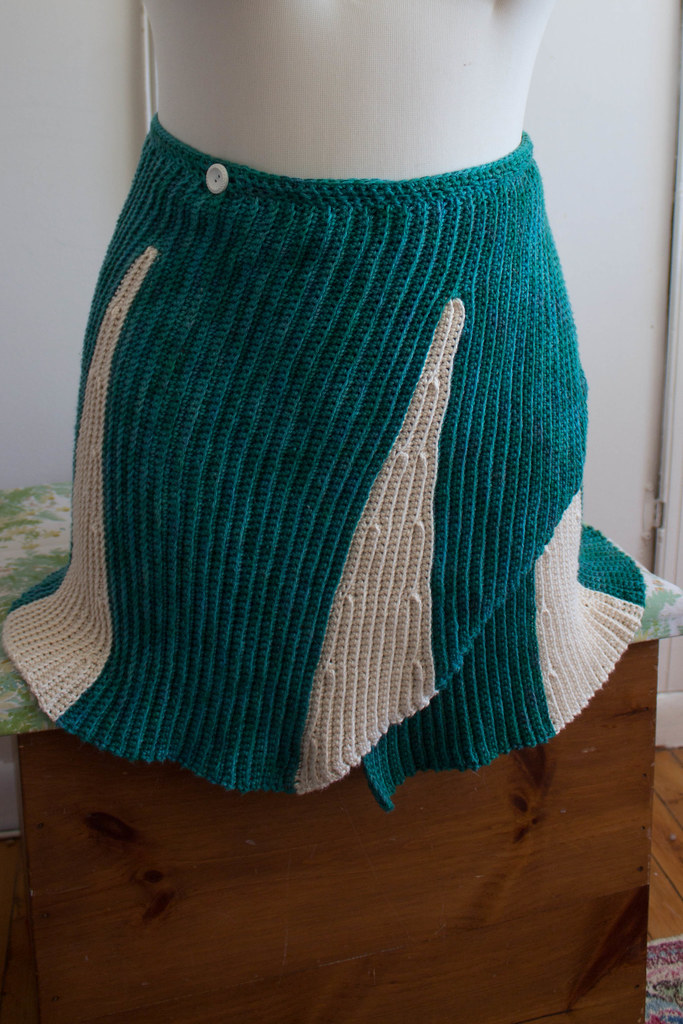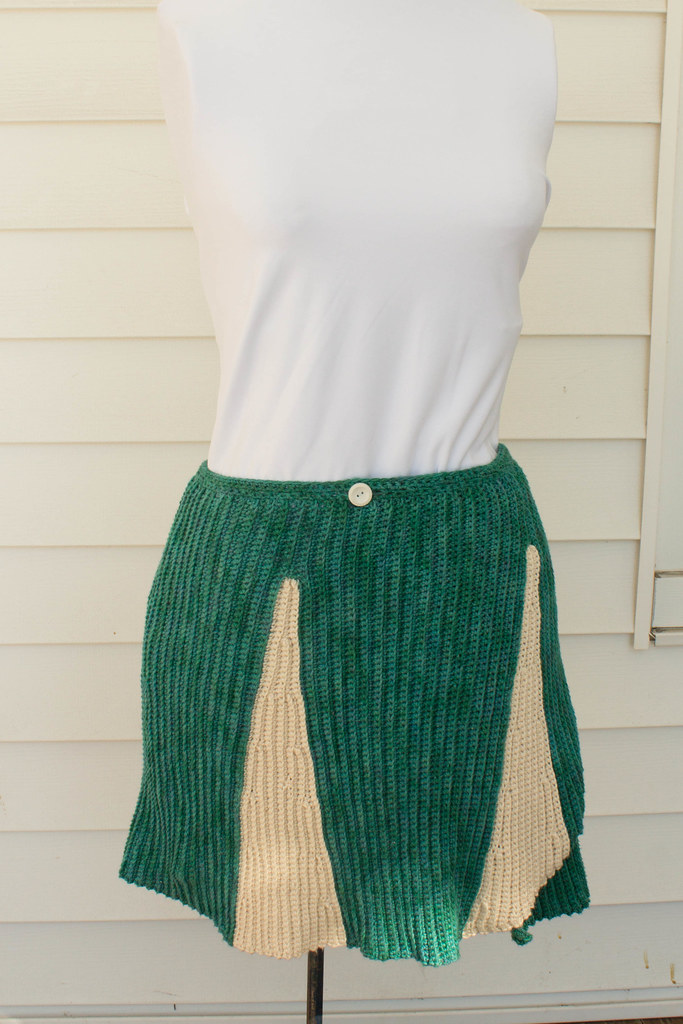Recently I’ve had a number of individuals get in touch with me about spinning supplies for their children. It can be hard for parents or guardians to know what to get their children when they have no knowledge of the craft itself. Says one parent,
My daughter took your class over the summer and I wanted to get her craft supplies for the wool felting and the other crafts (except for crochet). What do you recommend and where can I get them?
I’ve created a list of supplies, resources and tools to help you get your child on their way to spinning!
Tools
Generally children first learn how to spin on a drop spindle. These are either made from wood or plastic and are a dowel with a weight around it to enable the drop spindle to spin. Think of them like tops – they look very similar!
- TurtleMade ($25): Hands down my very favorite drop spindles to use with children. I’ve used their Turkish Spindles – the advantage being that, when used correctly, the spindle creates a ball of yarn when done. It’s much easier to ply from when first working with spinning. Get the Standard size spindle – sometimes the smaller sizes are harder to use for children, as there’s less to grab onto. I love that TurtleMade has different colors, and does special holiday themed spindles – there’s some really cool halloween printed ones. TurtleMade’s plastic spindles have never broken on me, and even if they do, they sell replacement parts.
- Knit Picks ($14.99): Wooden Drop spindle, heavier than TurtleMade’s, and is a solid option. I don’t find these as sturdy.
- There are a variety of other spindles out there, mostly in wood. They range in prices from $39 to $50, and are really only worth acquiring if your child really gets into spinning. Same thing with spinning wheels (which range from $150-1,000) – only get one if your child is serious about the craft.
Supplies
When children first learn how to spin there’s quite a bit of waste. Normally it’s best to get a good amount of something affordable, and a little, “special” bit for when they’re further along. A 4-8 oz amount of wool normally spins up to make something, depending on the thickness of the yarn. Your child may be able to spin enough to make an accessory, such as gloves, a hat, or fingerless mitts.
- Neutral colored wool ($1.49/oz): Wool is generally a good fiber to begin spinning, as it tends to be the most cooperative for beginners. Order anywhere from 4 – 8 oz to start – and don’t be surprised if your child goes through the amount quickly! When you’re first learning, there’ll be a fair amount of waste. If your child is interested in having colored yarn, after the yarn is spun you can experiment with food dyes.
- After your child has mastered spinning, they may want to venture into other fibers or colors. A few hints: DO not, until you know what you’re getting into, get anything called “Raw wool” – it’ll be tempting because it’s a lot cheaper, but that means the wool has not been cleaned (IE: has grass and oils from the sheep in it), and has not been carded. Instead, look for words like, “Combed Top,” “Roving” or “Carded Batts.”
Resources
There are a number of resources for adults looking to spin, however, not all of these are particularly accessible to children, depending on the age. The books/resources I’ve listed below are the best ones I’ve found for children, and contain lots of pictures!
- Teach Yourself Visually Handspinning ($14.99): Plenty of pictures, this is one of the books that got me started.
- Craftsy ($20 – $30): Craftsy has some great resources, if you don’t have access to local teachers.





